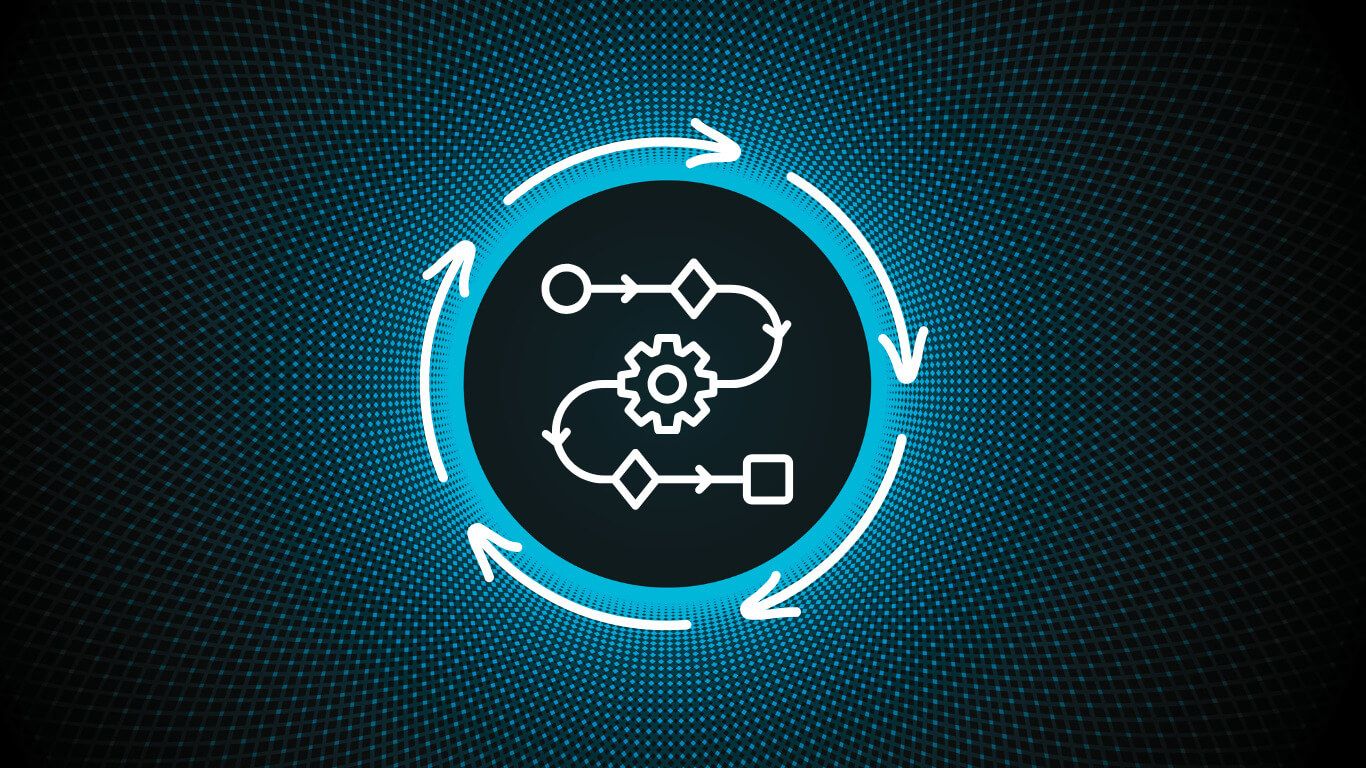
From post houses to studios, broadcasters to streaming platforms, every media and entertainment (M&E) organization relies on the movement of data. Work-in-progress and final content are passed between internal teams, remote locations, partners, clients, and cloud environments. On the surface, this sounds simple: move the files from A to B. But the reality is far more complex.
Files need to travel securely, across patchy bandwidth, often in enormous volumes. You’re juggling terabytes of 4K footage with tiny sidecar files. Some users have access, others don’t. Systems don’t talk to each other. And then someone has to manually confirm that a file even got where it was supposed to go.
Why orchestration matters
Orchestration in the context of M&E is about coordinating the movement of media content intelligently within the broader workflow. It ensures that content moves at the right time, to the right place, with the right permissions. Done right, orchestration can reduce errors, eliminate redundant processes, and free up creative and technical staff to focus on higher-value work.
Real-world challenges of media transfers
Despite our digital advancements, the way content moves in media workflows is still slowing us down:
- Security and compliance requirements mean that all transfers must be auditable and protected.
- Mixed datasets of varying file sizes can choke standard transfer tools.
- Unreliable long-distance bandwidth slows down delivery and forces organizations to compromise on deadlines or quality.
- Manual processes for initiating, monitoring, and verifying transfers lead to delays and human error.
- Fragmented access rights across systems create bottlenecks and visibility gaps.
- No unified view of media libraries across sites and storage tiers limits collaboration and efficiency.
The result is a fragile system where moving content between sites is treated as a one-off project instead of a reliable, repeatable process.
The flip side: Frictionless orchestration
Modern orchestration addresses these problems by bringing structure and intelligence to data movement. This means:
- Automated transfers that start the moment data is created or updated, adapting transfer behavior based on file size, type, or workflow priority.
- Event-driven logic that responds to real-time changes without scanning entire directories.
- Workflow chaining, where multiple steps (e.g., virus scanning, metadata tagging, archiving) are linked into one seamless operation.
- Dynamic use of public and private networks, choosing the fastest and most cost-effective path for delivery.
- Consistent access and permissions across environments, so users can see what they need without admin intervention.
- Transfer tracking and logging that creates clear audit trails for peace of mind and compliance.
These aren’t abstract benefits. They translate directly to faster turnaround times, fewer delays, and smoother collaboration across globally distributed teams.
Integrating into the existing ecosystem
Orchestration shouldn't require ripping out your existing infrastructure. It should extend it by integrating with asset management systems, editorial tools, storage layers, and cloud platforms. Whether you're using REST APIs to hook into a pipeline or relying on intuitive user interfaces to manage jobs, orchestration must align with how media teams already work.
Equally important, licensing models need to reflect media realities. Charging based on bandwidth caps or transfer volumes creates uncertainty and punishes scalability. Worker-based models give organizations the flexibility to scale without hidden costs.
Looking ahead: From friction to flow
The M&E industry continues to grow more distributed and more data intensive. Without orchestration, organizations risk being held back by the invisible weight of their own infrastructure. By embedding smart, secure, automated data movement into the heart of their workflows, media companies can shift their focus away from logistics and back to storytelling.
Orchestration is a practical solution to a persistent, operational challenge. As file sizes grow, timelines shrink, and teams spread across locations and clouds, the ability to move data seamlessly becomes a core part of media delivery. For teams that need to know where their content is, where it’s going, and what needs to happen next, now is the time to rethink how content moves.
Ready to eliminate the friction in your workflow? Contact us to learn how Pixitmedia’s solutions can transform your file transfers and data management.